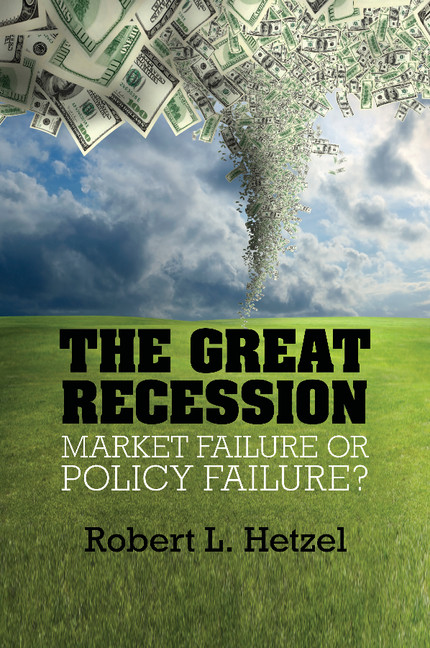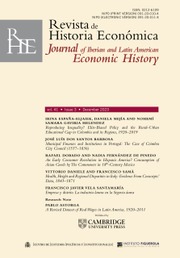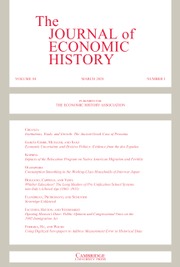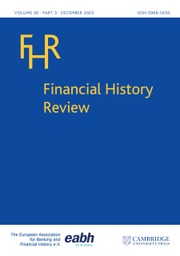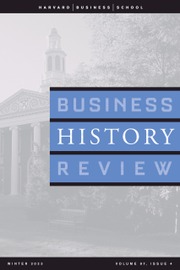Before the Fed
In the 19th century the United States had no formal central bank or lender of last resort, but it did have J. P. Morgan. His unique knowledge of financial markets gave him almost omniscient knowledge for crafting solutions to financial crises. Before the Fed examines Morgan's unusual role in resolving the National Banking Era crises in the U. S., exploring the rocky relationships and ultimatums he used to settle financial panics. It traces how he learned crisis management lessons from his father, passing it along to his son in turn. Citing his own ledgers, telegrams and testimony, Jon Moen and Mary Tone Rodgers detail how Morgan applied and modified routine business practices to solve non-routine crises, managing risk and reward in emergency lending. Analyzing forty last resort loans made over his fifty-year career, the authors challenge the invincibility folklore surrounding Morgan, uncovering how he stabilized American markets when others could not.
- Analyzes a 50-year history of financial crises in the States from the viewpoint of one person who took an active role in all of them
- Offers readers a different, human-level approach to understanding financial crise
- Walks the reader through how Morgan grappled with his gains and losses incurred while he tried to rescue the financial system
Reviews & endorsements
‘This outstanding book offers fresh insights on financial crises, J. P. Morgan, and business history. Its research exploits long-neglected archives, novel analysis, and masterful synthesis of events. And it highlights the impacts of information, collective action, social networks, tactics, precedents, and the willingness of leaders to risk private loss - all in combatting financial crises. The lessons are bracing and highly relevant to the present day.’ Robert F. Bruner, Professor Emeritus and Dean Emeritus, University of Virginia, and co-author of The Panic of 1907: Heralding a New Era of Finance, Capitalism, and Democracy
‘While a long shelf of books detail J. P. Morgan’s contributions to the formation of the modern American economy, Moen and Tone Rodgers elucidate another essential but underappreciated contribution. Digging into unexploited archives, they show how Morgan used the techniques he pioneered to finance large corporations to create the pools of liquidity needed to quash financial crises before the foundation of the Federal Reserve. Their findings not only enrich the historical literature but also provide novel insights for containing future crises.’ Eugene White, Distinguished Professor of Economics Emeritus, Rutgers University
‘Moen and Rodgers provide the first full account of Pierpont Morgan's lender-of-last-resort activities on behalf of financial stability when the US lacked a central bank. They were far more extensive over some five decades than most of us have known. This is a splendid contribution to financial history.’ Richard E. Sylla, Professor Emeritus of Economics and the former Henry Kaufman Professor of the History of Financial Institutions and Markets at New York University Stern School of Business
Product details
October 2025Hardback
9781009291545
250 pages
229 × 152 mm
Not yet published - available from October 2025
Table of Contents
- 1. Introduction
- 2. Morgan and bank reserves: a user's guide
- 3. Morgan's routine business syndicates
- 4. Early panics:
- 1837 and 1857
- 5. Panics in the early national banking era 1873–1893
- 6. Silverite threats in 1894
- 7. 1895 and 1896 transactions to replenish the US Treasury
- 8. Lesser crises:
- 1899–1902
- 9. Panic of 1907: the domestic front
- 10. Panic of 1907: the international front
- 11. 1908: the long clean up
- 12. Summary, legacy and relevance
- Technical Appendix 1.1 Supply and demand for short-term liquidity
- Technical Appendix 2.1 Bank pooling methods
- Technical Appendix 2.2 Loan certificates
- Technical Appendix 3.1 Morgan's routine business syndicates
- Technical Appendix 6.1 The International Gold Standard
- Technical Appendix 8.1 Morgan's routine syndicates after 1895
- Technical Appendix 12.1 Aldrich Vreeland Act Analysis.


